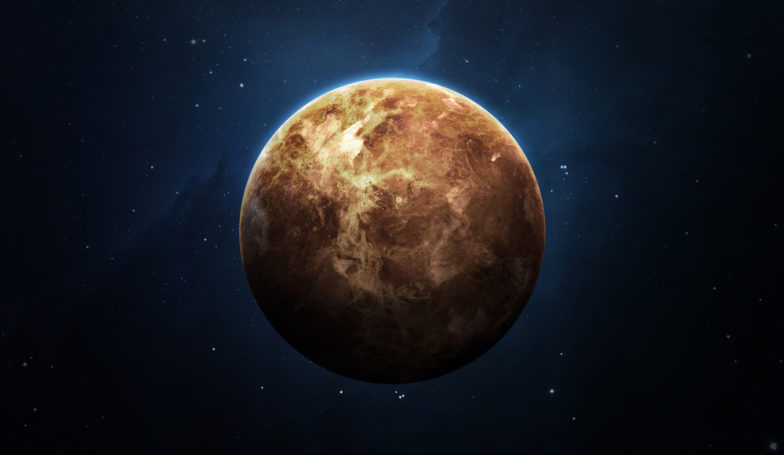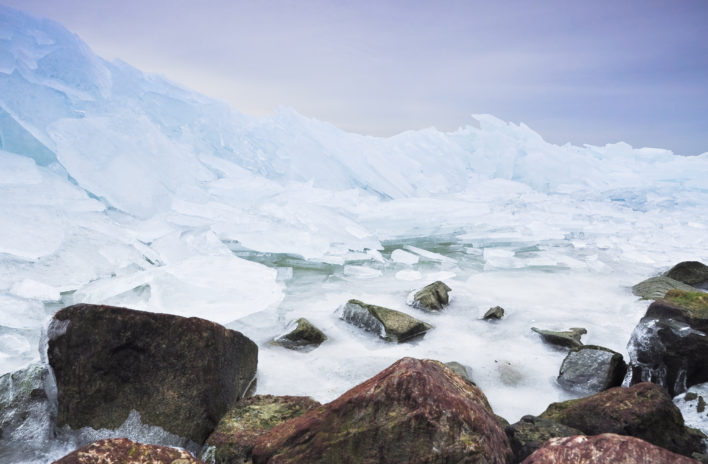Plains, Minerals, and Mountain Building
Living in Missouri, family vacations often took us out west to Colorado and other Rocky Mountain states. After a long, flat drive across Kansas and almost half of Colorado, the Rockies–– almost without warning––pop out of the ground. I still remember the stark contrast of the majestic peaks against the spacious plains. It’s as if some rocks are meant to form mountains and others remain flat. But why? Recent research begins to answer that question and also reveals how finely tuned tectonic activity plays a critical role in Earth’s habitability. Is it all by lucky accident or divine design?
Eight major plates (and dozens of smaller plates) form Earth’s crust. These plates slowly move around like giant ice floes on a cold sea. If “crust is crust,” one might expect a different transition between the Rocky Mountains and the Great Plains. As the North American plate drifts away from the African and Eurasian plates, it continually collides with more western plates. The Farallon plate has almost slid completely underneath the North American plate and the Pacific plate is beginning to do so.
This continual collision dissipates an enormous amount of energy that causes the plates to deform. Specifically, the North American plate buckled over vast distances, thus forming the Rockies as well as the Sierra Nevada, Cascades, and other West Coast mountain ranges. Collectively, the mountains running up and down the West Coast of the Americas is referred to as the American Cordillera. One outstanding question is why the mountain formation extended hundreds of miles toward the interior of the continent before abruptly stopping.
Quartz Builds Mountains…
Part of the answer rests in the types of minerals that comprise different sections of the North American crust, but isolating the specific differences is not trivial. Many factors contribute to how much stress geological formations experience and how they respond to that stress. Some of the main contributors include rock type, temperature, and the presence of unbound water. A pair of geologists found a way to sort out the differences and isolate the influence of rock type.1
One measurable quantity, the ratio of compression and shear velocities (the rates at which seismic waves move through the Earth), correlates strongly with rock type—specifically, quartz abundance—but weakly with temperature. Thus, measuring this ratio will determine quartz content of a region of crust regardless of its temperature. Utilizing seismic receiver, gravity, and surface heat flow measurements from EarthScope for the Cordillera, the researchers found a strong correlation of high quartz content with increased temperatures and deformation.
The most straightforward interpretation of this correlation means that the structurally weak (compared to other crustal minerals) quartz gives way under stress and generates heat localized to the quartz-rich crust. The heating results in more unbound water and further weakening of the crust. This feedback cycle results in large deformations (mountains) and heating in quartz-rich regions. Not only does this research help explain why mountains seem to rise abruptly out of the plains, it also solves another long-standing observation. While mountains grow and erode over geological timescales, they seem to repeatedly form in the same sections of crust. If quartz-rich crust deforms more readily than other compositions, one would expect this observed behavior.
…But Water Moves Continents
In order for mountains to grow, the crustal plates must be free to move around the Earth’s surface and collide with one another. This requires a mechanism that (1) makes the plates rigid (like the frozen water of an ice floe); and (2) softens the upper mantle so that the plates slide easily (like the water underneath). Furthermore, all this must happen at the proper depth or else the plates will be too thick or too thin for the tectonic activity to provide its life-essential functions.
Research continues to demonstrate how critically water facilitates these characteristics in Earth’s crust. Just as quartz allows the crust to deform and build mountains, water’s interaction with the rocks and minerals makes the crustal plates more rigid and softens the top of the underlying mantle—known as the asthenosphere. And on Earth, it does this at the just-right depth for the proper amount of tectonic activity.
Pressure and temperature increase when moving from the surface toward the center of Earth. Normally, these increases result in a greater capacity of the associated rocks and minerals to dissolve water. However, a team of geophysicists noted how a major change occurs at the temperatures and pressures associated with depths 55 miles below the ocean floor or at the asthenosphere-crust (AC) boundary.2
Rather than the crustal rocks dissolving more water as the temperature and pressure increase, the water facilitates partial melting of the rock. Above this depth, the water-containing minerals exhibit a stable phase that makes them solid and rigid. Below this depth, the partial melting of the rocks means the asthenosphere takes on a more fluid nature and allows convection to transport minerals from the lower asthenosphere toward the bottom of the crust.
This transport helps explain the composition of rocks measured in the mid-ocean ridges where the ocean plates separate and new material from the asthenosphere fills the gap. The water content of this new rock matches the value expected from the lab measurements simulating conditions of the AC boundary. These results further affirm how important it is for a planet to be of the right size and to have the right water content in order for plate tectonics to operate properly.
Implications of all this Movement
Without plate tectonics, Earth’s land would erode away and all the life-essential nutrients would reside far below the ocean’s surface. Eventually, Earth would lose all its water. Similarly, if Earth lost all its water, plate tectonics would grind to a halt. This new research demonstrates that without sufficient quartz in Earth’s crust, mountain formation might not happen or it might not build the tall mountains that helped prepare for advanced life. And a growing body of evidence indicates that a planet must be of the just-right size so that the boundary between the asthenosphere and crust occurs at the right depth for plate tectonics to operate at the just-right efficiency.
Significantly more tectonic activity would make advanced civilization far more difficult, if not impossible. Less activity would not allow the continents and mountains to form quickly enough or to recycle the nutrients life requires. Yet, we live on a planet that meets all these conditions in such a way that advanced human civilization thrives and does so with an abundance and diversity of life almost beyond comprehension. It seems like Someone designed Earth for just this purpose. That’s something to ponder and be thankful for when a mountain range, in all its splendor, is a part of your next trip.
Endnotes
- Anthony R. Lowry and Marta Pérez-Gussinyé, “The Role of Crustal Quartz in Controlling Cordilleran Deformation,” Nature 471 (March 17, 2011): 353–57.
- David H. Green et al., “Water and Its Influence on the Lithosphere–Asthenosphere Boundary,” Nature 467 (September 23, 2010): 448–51.





